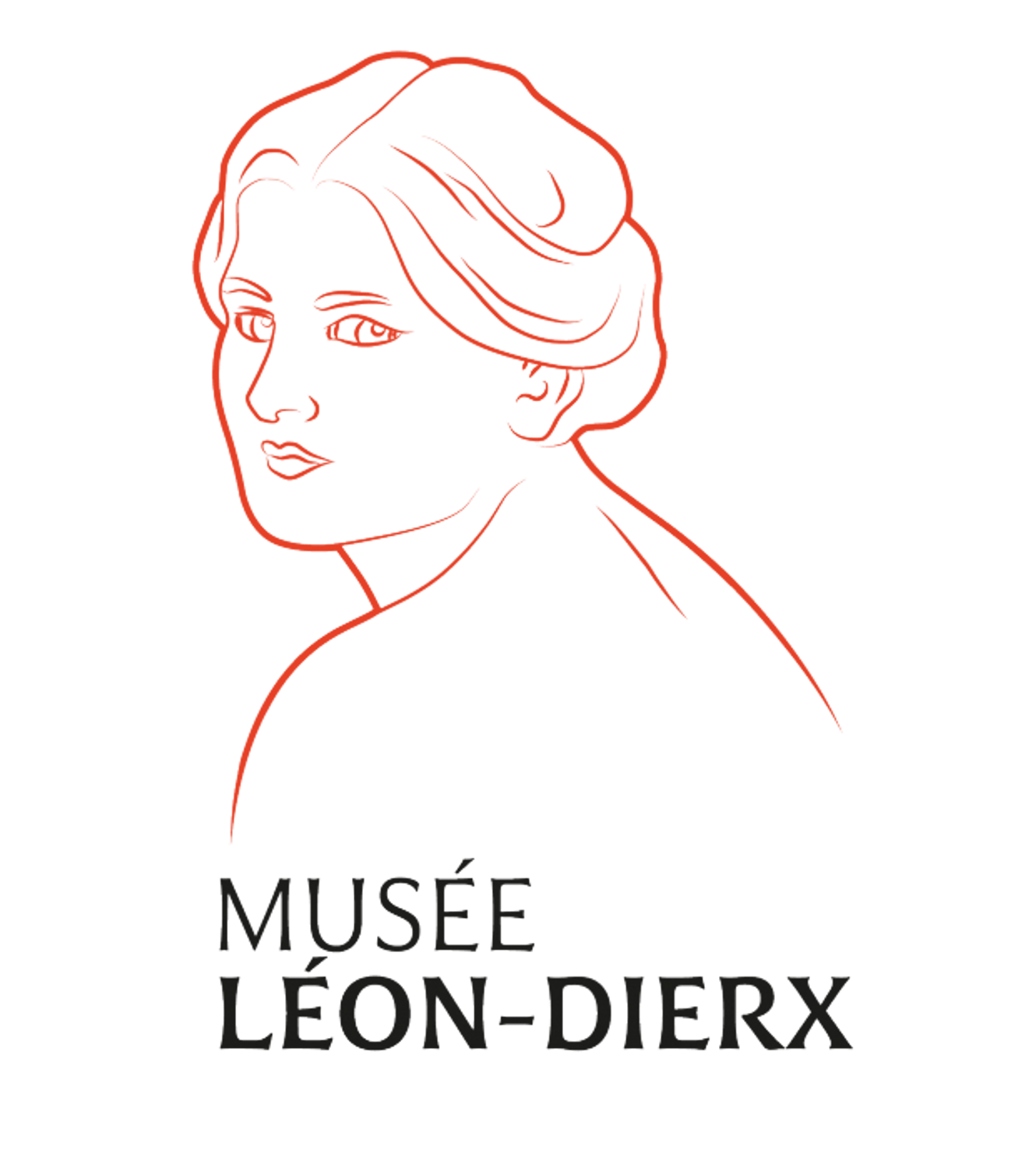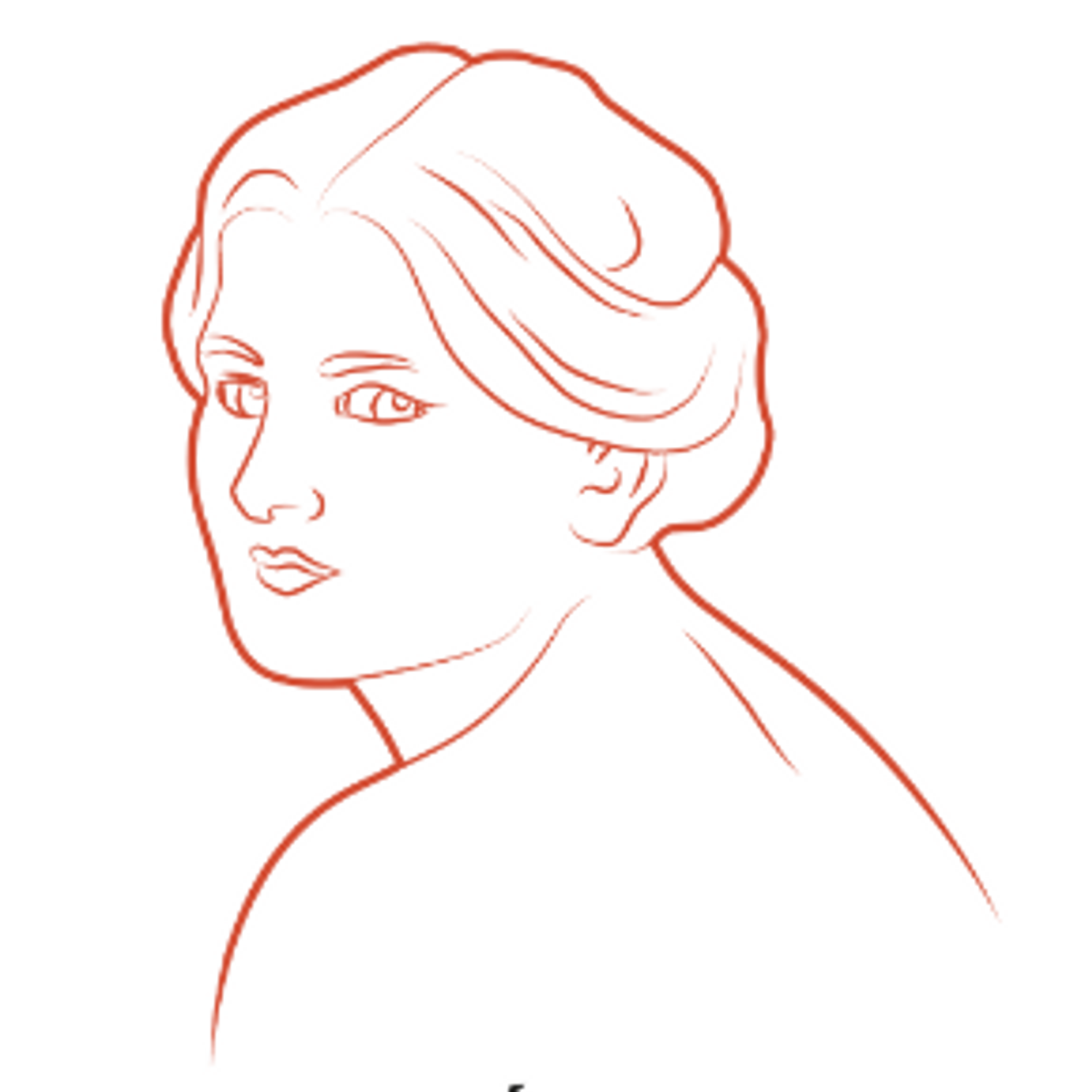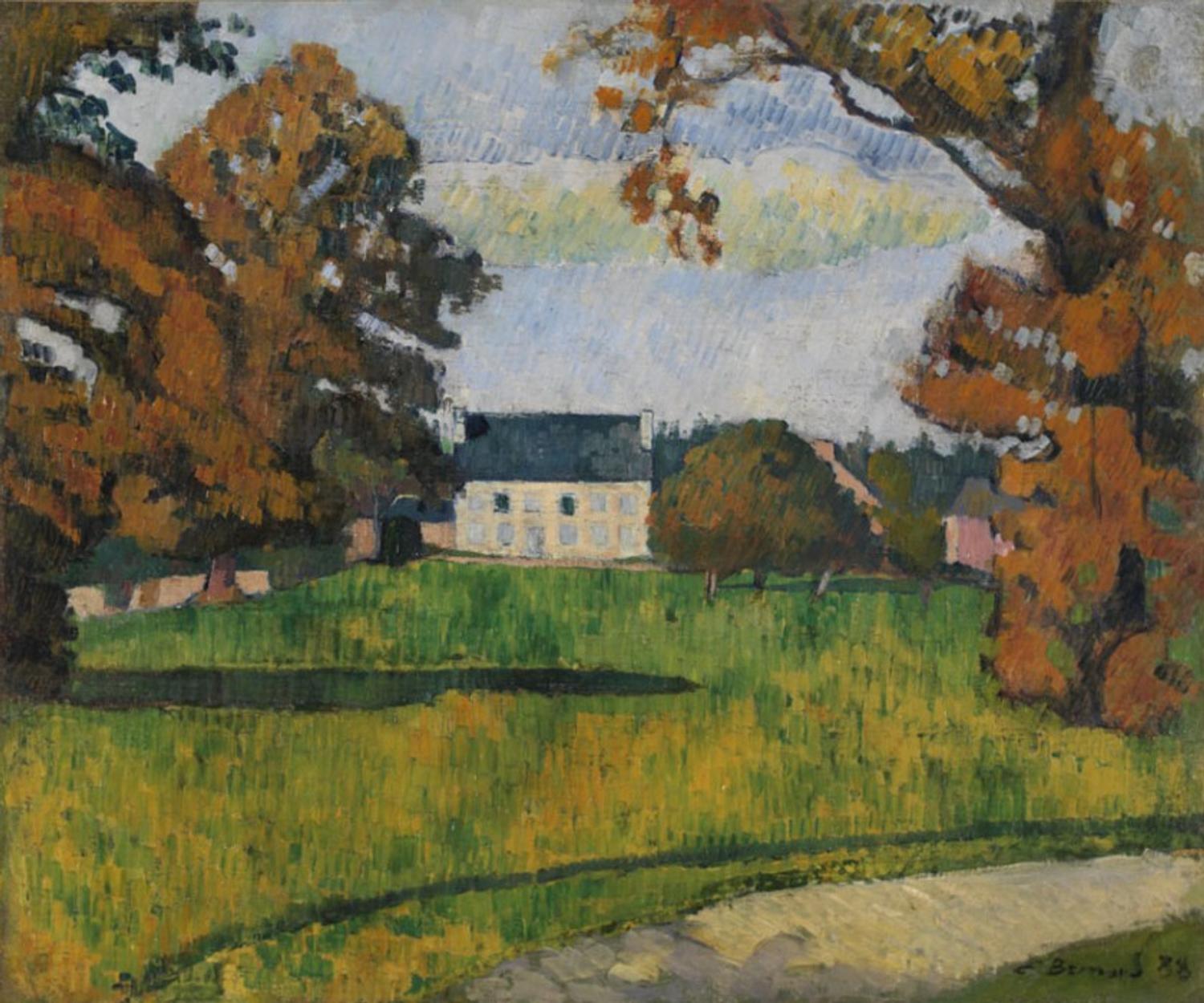THE MASTERPIECES OF THE LEON-DIERX ART GALLERY : Emile BERNARD
Maison au fond d’un parc (House at the far end of a garden), Emile BERNARD
1888
Oil on canvas
54,5 x 65,5 cm
Inv 1947.01.02
Lucien Vollard donation
This landscape was painted in 1888, probably in Saint-Briac, during Emile Bernard’s second stay in Brittany.
Maison au fond d’un parc (House at the far end of a garden) is a fairly classical full-on composition, but using the technique of cross-hatching, reminiscent of the Neo-Impressionists that he was close to. It also evokes the style of Paul Cezanne, whom the young artist greatly admired. The composition of the painting, conceptual and formal, also reflects his experimentation with Synthetism, which a short time later led him to produce the painting entitled Bretonnes dans la prairie verte (Breton women in a green meadow) which, along with Gaugin’s La Lutte de Jacob et l’Ange (Jacobs’s struggle with the angel), was one of the first two pictures characteristic of Synthetism.
While we can note a certain moulded effect in the representation of the leaves on the trees framing the composition on either side, as well as in the clearing in front of the house, the artist’s desire to partition the work, and also to simplify and synthesise the composition is apparent. Both the undergrowth and the house itself are treated applying flat areas of paint. The use of black lines, outlining the different elements of the composition, links this painting to the early years of Synthetism, as does the use of solid areas of colour for the house and its roof in the background.
Emile BERNARD
Lille, 28 April 1868 - Paris, 16 April 1941
After joining the workshop of the academic painter Cormon at the age of 16, Emile Bernard was excluded for insubordination. Leading a bohemian life in Montmartre, he got to know Toulouse-Lautrec, following him into the neighbourhood’s brothels. In the pigment shop of "Père Tanguy", he became acquainted with a number of artists and discovered the paintings of Cezanne, which made him decide to paint «as an Impressionist». During the summer of 1886, Bernard went to stay in Brittany, first in Saint-Briac then in Pont-Aven, where he met Gauguin, to whom he went unnoticed.
After returning to Paris, he experimented with producing paintings where the form was subordinate to the idea. Becoming friends with Van Gogh, he discovered the passion of the latter for Japanese etchings. Back in Brittany in 1888, he went to Pont-Aven, having been told Gaugin was painting there. Synthetism or pictorial symbolism, that came to be known as the Pont-Aven School, was born out of their exchanges. This new artistic movement was characterised by simple forms, often surrounded by an outline and a restricted range of colours.
During the years 1887-1892, Bernard produced his most emblematic works, contributing to late 19thcentury artistic innovation. Ambroise Vollard, whom he met in 1893, organised several exhibitions of his work as from 1901 and acquired some of his etchings. From the 1900s until his death in 1941, the style of his paintings became more classical, taking inspiration from past masters.






